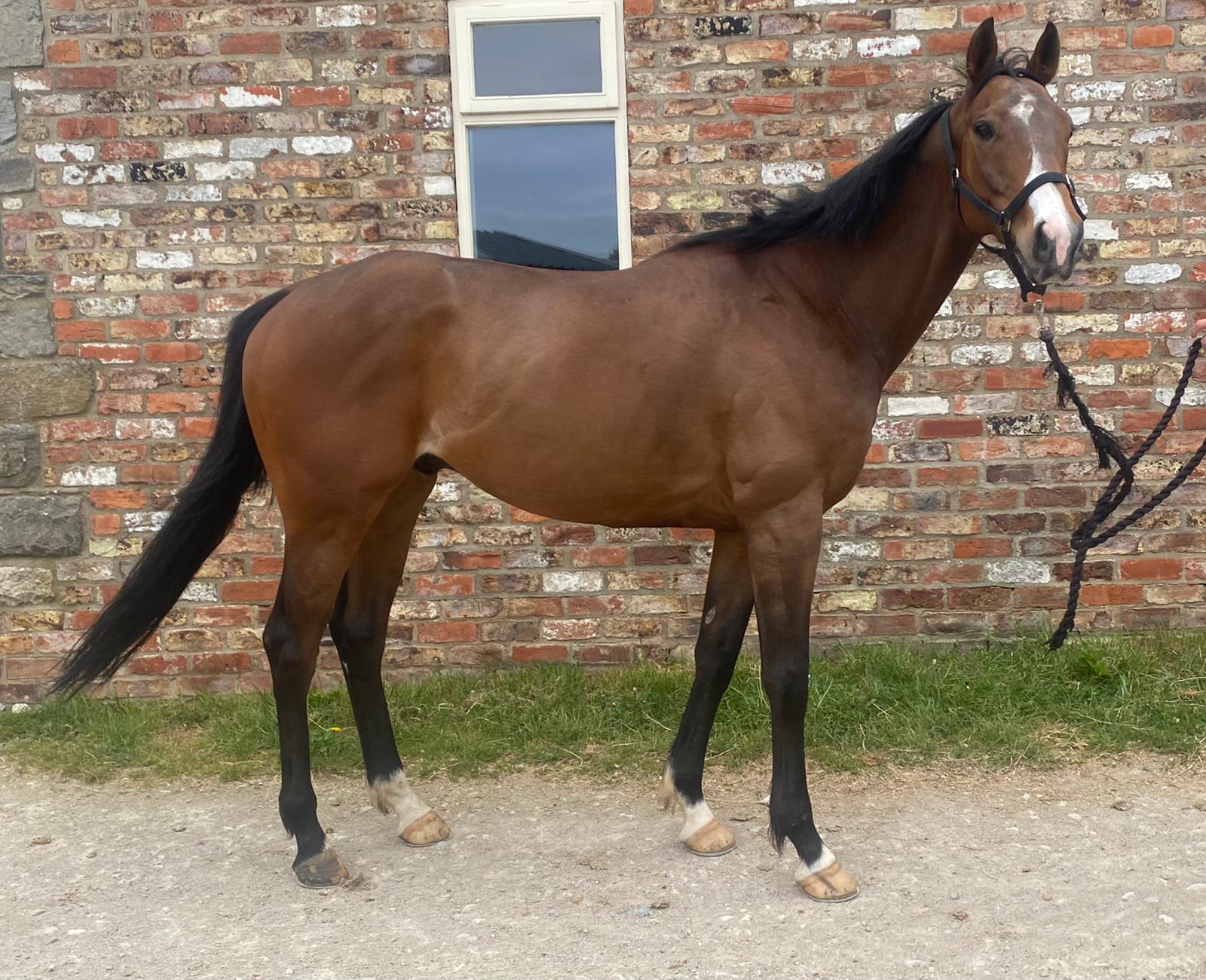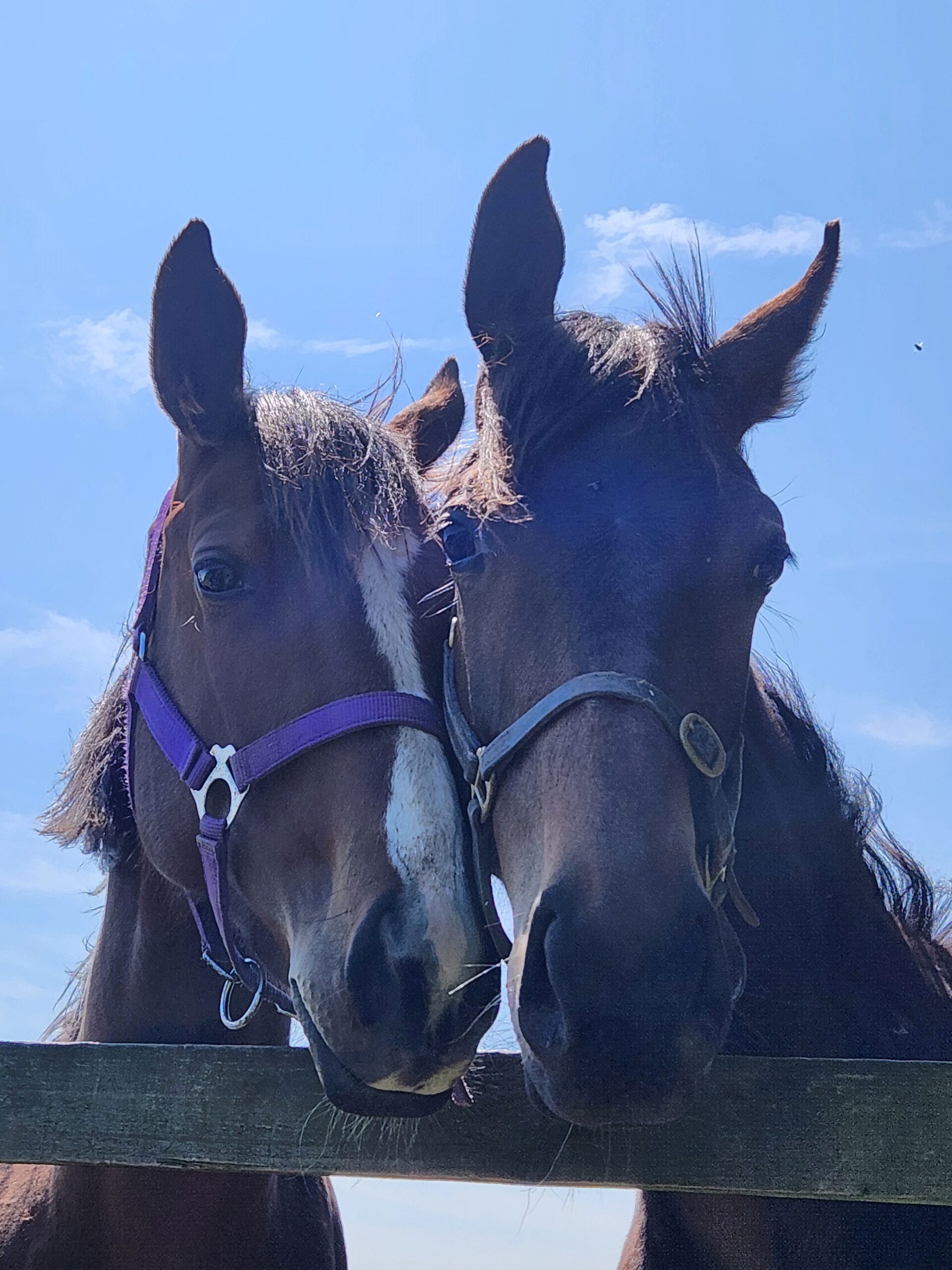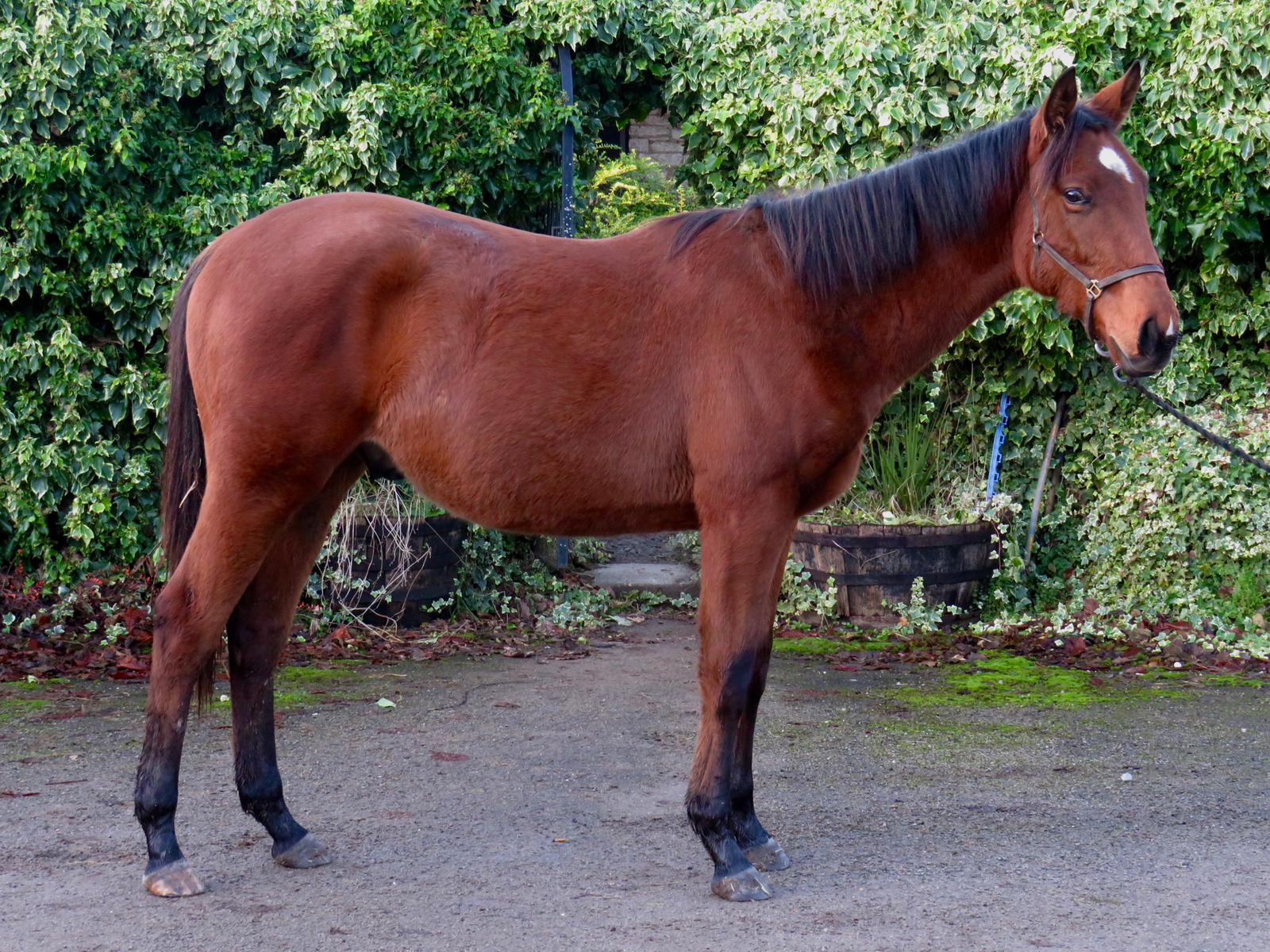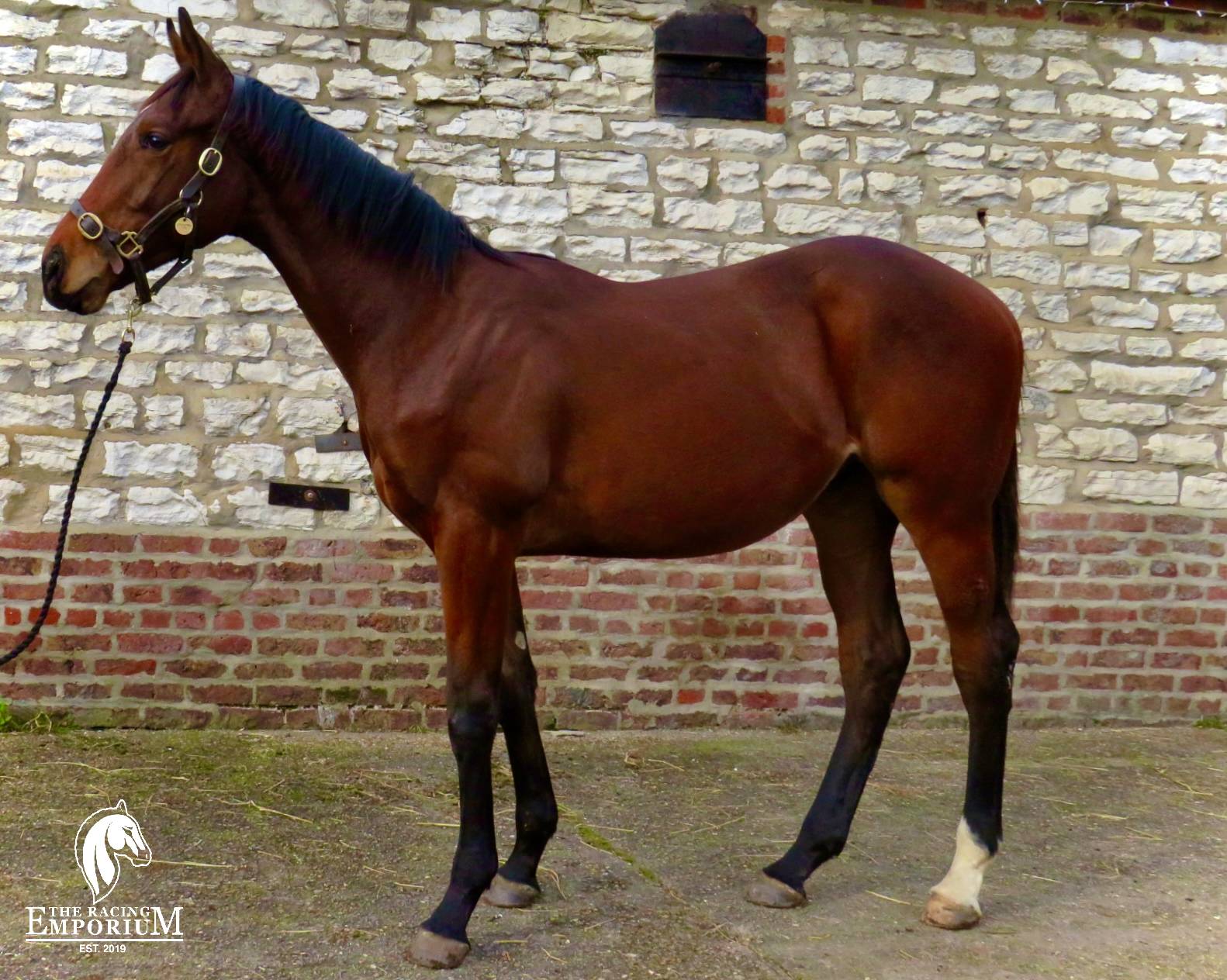Test Yourself: Which Faces Were Made by A I.? The New York Times
This frees up capacity for our reviewers to focus on content that’s more likely to break our rules. This problem persists, in part, because we have no guidance on the absolute difficulty of an image or dataset. Without controlling for the difficulty of images used for evaluation, it’s hard to objectively assess progress toward human-level performance, to cover the range of human abilities, and to increase the challenge posed by a dataset.
Training image recognition systems can be performed in one of three ways — supervised learning, unsupervised learning or self-supervised learning. Usually, the labeling of the training data is the main distinction between the three training approaches. The tool uses two AI models trained together – one for adding the imperceptible ChatGPT App watermarks and another for identifying them. You can foun additiona information about ai customer service and artificial intelligence and NLP. SynthID embeds imperceptible digital watermarks into AI-generated images, allowing them to be detected even after modifications like cropping or color changes. The American-based search engine and online advertising company announced the new tool in a statement Tuesday.
How some organizations are combatting the AI deepfakes and misinformation problem
The kneeling person’s shoe is disproportionately large and wide, and the calf appears elongated. The half-covered head is also very large and does not match the rest of the body in proportion. The results of these searches may also show links to fact checks done by reputable media outlets which provide further context. Enlarging the picture will reveal inconsistencies and errors that may have gone undetected at first glance. “If you’re generating a landscape scene as opposed to a picture of a human being, it might be harder to spot,” he explained. He said there have been examples of users creating events that never happened.
Artificial intelligence can predict political beliefs from expressionless faces – PsyPost
Artificial intelligence can predict political beliefs from expressionless faces.
Posted: Wed, 17 Apr 2024 07:00:00 GMT [source]
If the photo shows an ostensibly real news event, “you may be able to determine that it’s fake or that the actual event didn’t happen,” said Mobasher. The watermark is embedded in the pixels of the image, but Hassabis says it doesn’t alter the image itself in any noticeable way. “It doesn’t change the image, the quality of the image, or the experience of it,” he says. The result is that artificially generated images are everywhere and can be “next to impossible to detect,” he says.
Passages: Nobel Prize winner and Brown professor of physics Leon Cooper
But even this blurring can contain errors, like the example above, which purports to show an angry Will Smith at the Oscars. The background is not merely out of focus can ai identify pictures but appears artificially blurred. This is the case with the picture above, in which Putin is supposed to have knelt down in front of Chinese President Xi Jinping.
Also, color ranges for featured images that are muted or even grayscale might be something to look out for because featured images that lack vivid colors tend to not pop out on social media, Google Discover, and Google News. Watch a discussion with two AI experts about machine learning strides and limitations. Read about how an AI pioneer thinks companies can use machine learning to transform. With the growing ubiquity of machine learning, everyone in business is likely to encounter it and will need some working knowledge about this field. A 2020 Deloitte survey found that 67% of companies are using machine learning, and 97% are using or planning to use it in the next year.
It’s very clear from Google’s documentation that Google depends on the context of the text around images for understanding what the image is about. Anecdotally, the use of vivid colors for featured images might be helpful for increasing the CTR for sites that depend on traffic from Google Discover and Google News. There are many variables that can affect the CTR performance of images, but this provides a way to scale up the process of auditing the images of an entire website. But in reality, the colors of an image can be very important, particularly for a featured image.
Hopefully, by then, we won’t need to because there will be an app or website that can check for us, similar to how we’re now able to reverse image search. Without a doubt, AI generators will improve in the coming years, to the point where AI images will look so convincing that we won’t be able to tell just by looking at them. At that point, you won’t be able to rely on visual anomalies to tell an image apart. Even when looking out for these AI markers, sometimes it’s incredibly hard to tell the difference, and you might need to spend extra time to train yourself to spot fake media. This extends to social media sites like Instagram or X (formerly Twitter), where an image could be labeled with a hashtag such as #AI, #Midjourney, #Dall-E, etc.
“A person just unlocks their phone and MoodCapture knows their depression dynamics and can suggest they seek help.” Her team developed software that can learn from a mix of real and simulated data and then discern abnormalities in ultrasound scans that indicate a person has contracted COVID-19. The tool is a deep neural network, a type of AI designed to behave like the interconnected neurons that enable the brain to recognize patterns, understand speech, and achieve other complex tasks. In the world of artificial intelligence-powered tools, it keeps getting harder and harder to differentiate real and AI-generated images. Notably, folks over at Android Authority have uncovered this ability in the APK code of the Google Photos app. By uploading an image to Google Images or a reverse image search tool, you can trace the provenance of the image.
Here’s what you need to know about the potential and limitations of machine learning and how it’s being used. Other common errors in AI-generated images include people with far too many teeth, or glasses frames that are oddly deformed, or ears that have unrealistic shapes, such as in the aforementioned fake image of Xi and Putin. However, this also means the watermarks exist in a closed loop within the Google ecosystem. The system can also scan images to assess the likelihood it was created by Imagen, but knowing just how many AI image generators are out there, it’s hard to tell how useful that feature can be. If you have doubts about an image and the above tips don’t help you reach a conclusion, you can also try dedicated tools to have a second opinion. The first one is as simple as running a reverse image search on Google Images or TinEye.com, which will help you identify where the image comes from and if it’s widespread online.
If the image in question is newsworthy, perform a reverse image search to try to determine its source. Even—make that especially—if a photo is circulating on social media, that does not mean it’s legitimate. If you can’t find it on a respected news site and yet it seems groundbreaking, then the chances are strong that it’s manufactured.
If a digital watermark is detected, part of the image is likely generated by Imagen. The AI analyzes ultrasound lung images to spot features known as B-lines, which appear as bright, vertical abnormalities and indicate inflammation in patients with pulmonary complications. It combines computer-generated images with real ultrasounds of patients — including some who sought care at Johns Hopkins. Artificial intelligence can spot COVID-19 in lung ultrasound images much like facial recognition software can spot a face in a crowd, new research shows. The images in the study came from StyleGAN2, an image model trained on a public repository of photographs containing 69 percent white faces. Tools powered by artificial intelligence can create lifelike images of people who do not exist.
Users can have the AI summarize documents or conversations in a shared meeting room. They’re all similar features to what’s being planned for Zoom and Slack as well. One of the first things you should pay attention to is how humans are represented in the picture. AI struggles to accurately reproduce human body parts because they’re complex, so paying close attention to these can help you identify if there’s something wrong with the image.
Providing people with documented, evidence-based information won’t help if they just discount it. Misinformation can even be utterly baseless, as seen by how readily Trump supporters believed accusations about Harris supposedly faking her rally crowds, despite widespread evidence proving otherwise. Truepic, an authenticity infrastructure provider and another member of C2PA, says there’s enough information present in these digital markers to provide more detail than platforms currently offer. The intersection of arts and neuroscience reveals transformative effects on health and learning, as discussed by Susan Magsamen in her neuroaesthetics research. A first group of participants was used to program MoodCapture to recognize depression. We designed SynthID so it doesn’t compromise image quality, and allows the watermark to remain detectable, even after modifications like adding filters, changing colours, and saving with various lossy compression schemes — most commonly used for JPEGs.
It completed the task, but not in the way the programmers intended or would find useful. In a 2018 paper, researchers from the MIT Initiative on the Digital Economy outlined a 21-question rubric to determine whether a task is suitable for machine learning. The researchers found that no occupation will be untouched by machine learning, but no occupation is likely to be completely taken over by it. The way to unleash machine learning success, the researchers found, was to reorganize jobs into discrete tasks, some which can be done by machine learning, and others that require a human. In some cases, machine learning can gain insight or automate decision-making in cases where humans would not be able to, Madry said. “It may not only be more efficient and less costly to have an algorithm do this, but sometimes humans just literally are not able to do it,” he said.
Stanley worries that companies might soon use AI to track where you’ve traveled, or that governments might check your photos to see if you’ve visited a country on a watchlist. In the past, Stanley says, people have been able to remove GPS location tagging from photos they post online. It could identify roads or power lines that need fixing, help monitor for biodiversity, or be used as a teaching tool. To stop such bad actors, the company said it was working on developing classifiers that can help the company to automatically detect AI-generated content, even if the content lacks invisible markers.
A mirror may reflect back a different image, such as a man in a short-sleeved shirt who wears a long-sleeved shirt in his reflection. Other telltale stylistic artifacts are a mismatch between the lighting of the face and the lighting in the background, glitches that create smudgy-looking patches, or a background that seems patched together from different scenes. Overly cinematic-looking backgrounds, windswept hair, and hyperrealistic detail can also be signs, although many real photographs are edited or staged to the same effect. Give Clearview a photo of a random person on the street, and it would spit back all the places on the internet where it had spotted their face, potentially revealing not just their name but other personal details about their life. The company was selling this superpower to police departments around the country but trying to keep its existence a secret.
Current and future applications of image recognition include smart photo libraries, targeted advertising, interactive media, accessibility for the visually impaired and enhanced research capabilities. Image recognition is used to perform many machine-based visual tasks, such as labeling the content of images with meta tags, performing image content search and guiding autonomous robots, self-driving cars and accident-avoidance systems. Typically, image recognition entails building deep neural networks that analyze each ChatGPT image pixel. These networks are fed as many labeled images as possible to train them to recognize related images. Google optimized these models to embed watermarks that align with the original image content, maintaining visual quality while enabling detection. As image recognition experiments have shown, computers can easily and accurately identify hundreds of breeds of cats and dogs faster and more accurately than humans, but does that mean that machines are better than us at recognizing what’s in a picture?
During this time, we expect to learn much more about how people are creating and sharing AI content, what sort of transparency people find most valuable, and how these technologies evolve. What we learn will inform industry best practices and our own approach going forward. Synthetic dataset in hand, they trained a machine-learning model for the task of identifying similar materials in real images — but it failed.
“Every time we talk about it and other systems, it’s, ‘What about the problem of deepfakes? ’” With another contentious election season coming in 2024 in both the US and the UK, Hassabis says that building systems to identify and detect AI imagery is more important all the time. Still, these systems have significant shortcomings, Lee and other experts say. Most such algorithms are trained on images from a specific AI generator and are unable to identify fakes produced by different algorithms. Initiatives working on this issue include the Algorithmic Justice League and The Moral Machine project.
Quiz – Google Launches Watermark Tool to Identify AI-created Images
DALL-E, Stable Diffusion, and Midjourney—the latter was used to create the fake Francis photos—are just some of the tools that have emerged in recent years, capable of generating images realistic enough to fool human eyes. AI-fuelled disinformation will have direct implications for open source research—a single undiscovered fake image, for example, could compromise an entire investigation. Image recognition, in the context of machine vision, is the ability of software to identify objects, places, people, writing and actions in digital images. Computers can use machine vision technologies in combination with a camera and artificial intelligence (AI) software to achieve image recognition. Meta said Tuesday it’s working with industry partners on technical standards that will make it easier to identify images and eventually video and audio generated by artificial intelligence tools. Google also announced two new AI models at I/O — Veo, which generates realistic videos, and Imagen 3, which generates life-like images.
Unlike visible watermarks commonly used today, SynthID’s digital watermark is woven directly into the pixel data. Humans still get nuance better, and can probably tell you more a given picture due to basic common sense. For everyday tasks, humans still have significantly better visual capabilities than computers. Serre shared how CRAFT reveals how AI “sees” images and explained the crucial importance of understanding how the computer vision system differs from the human one. Google says it will continue to test the watermarking tool and hopes to collect many user experiences from the current beta testers.
- The AI or Not web tool lets you drop in an image and quickly check if it was generated using AI.
- “Despite their hyperrealism, AI-generated images can occasionally display unnatural details, background artefacts, inconsistencies in facial features, and contextual implausibilities.
- They are best viewed at a distance if you want to get a sense of what’s going on in the scene, and the same is true of some AI-generated art.
- Other AI detectors that have generally high success rates include Hive Moderation, SDXL Detector on Hugging Face, and Illuminarty.
- “Since an object can be multiple materials as well as colors and other visual aspects, this is a pretty subtle distinction but also an intuitive one,” writes Wiggers.
The findings boost AI-driven medical diagnostics and bring health care professionals closer to being able to quickly diagnose patients with COVID-19 and other pulmonary diseases with algorithms that comb through ultrasound images to identify signs of disease. Study participants said they relied on a few features to make their decisions, including how proportional the faces were, the appearance of skin, wrinkles, and facial features like eyes. The company said it intends to offer its AI tools in a public “beta” test later this year. It’s also struck a partnership with leading startup OpenAI to add extra capabilities to its iPhones, iPads and Mac computers. This work is especially important as this is likely to become an increasingly adversarial space in the years ahead. People and organizations that actively want to deceive people with AI-generated content will look for ways around safeguards that are put in place to detect it.
More recently, however, advances using an AI training technology known as deep learning are making it possible for computers to find, analyze and categorize images without the need for additional human programming. Loosely based on human brain processes, deep learning implements large artificial neural networks — hierarchical layers of interconnected nodes — that rearrange themselves as new information comes in, enabling computers to literally teach themselves. First, it helps improve the accuracy and performance of vision-based tools like facial recognition. It makes AI systems more trustworthy because we can understand the visual strategy they’re using. The fact is that one can make tiny alterations on images such as by changing pixel intensities in ways that are barely perceptible to humans yet that will be sufficient to completely fool the AI system.
Deep learning requires a great deal of computing power, which raises concerns about its economic and environmental sustainability. A full-time MBA program for mid-career leaders eager to dedicate one year of discovery for a lifetime of impact. The 20-month program teaches the science of management to mid-career leaders who want to move from success to significance. A doctoral program that produces outstanding scholars who are leading in their fields of research.








